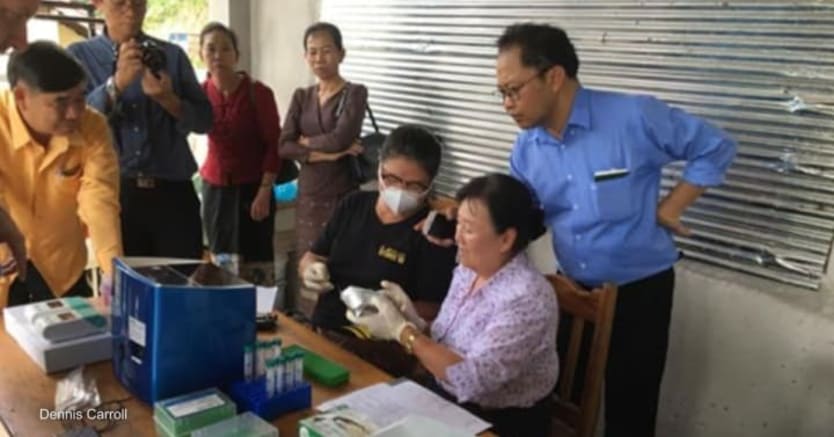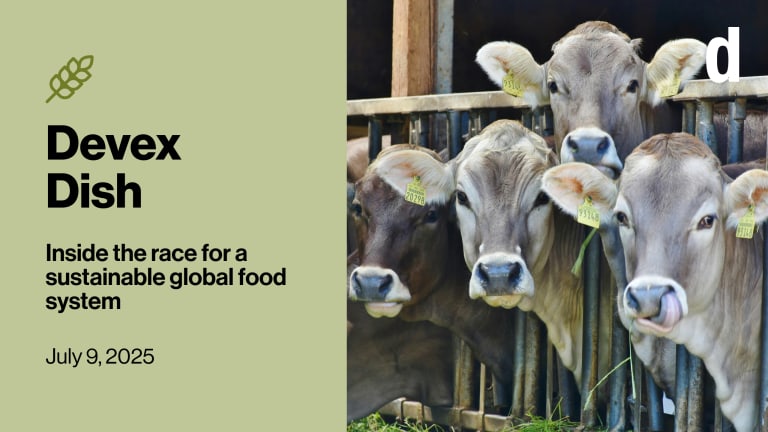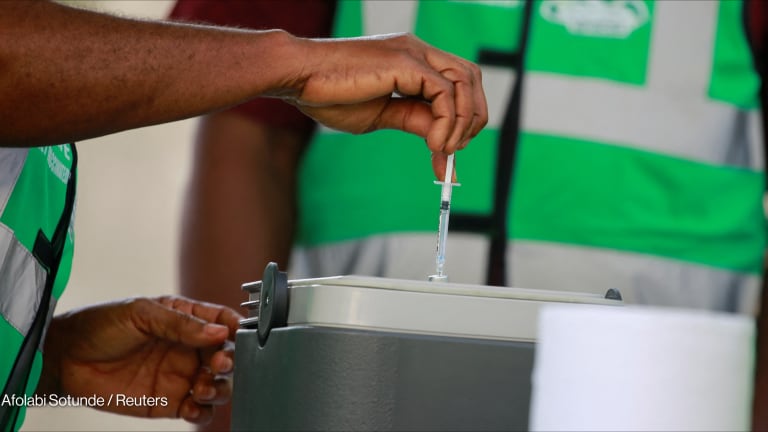
The ongoing COVID-19 pandemic has laid bare our collective weaknesses to effectively respond to the emergence of a highly contagious and lethal microbial threat. Despite extraordinary advances in science and global health during the past century, we still live in a world wherein a deadly infectious agent can emerge without warning and spread rapidly across the planet.
COVID-19 is only the latest pandemic of an emergent pathogen this century. It probably won’t be the last. During the past 20 years, a number of high-impact pathogens have emerged or re-emerged from non-human animals, including:
• Three new coronaviruses detected: Severe Acute Respiratory Syndrome in 2003; Middle East Respiratory Syndrome in 2012; and COVID-19 virus;
• A number of highly pathogenic influenza A viruses, including: H5N1 in 2003; H7N9 in 2013; the H1N1 pandemic of 2009, commonly known as bird flu,” and
• The continuing rise and spread of Ebola in West and Central Africa since 2013 and the emergence of the Zika virus as a global health emergency in 2016.
Proactive surveillance needed to prevent pandemics
For the rest of the 21st century, the frequency of epidemics and pandemics will likely increase, driven mainly by urbanization, environmental degradation, climate change, persistent social and economic inequalities, and globalized trade and travel.

Global health security has been improved in the last decade via the International Health Regulations and Global Health Security Agenda. But COVID-19 has shown that these and other existing capacities, processes, and institutional arrangements are insufficient to protect the world from future viral threats.
Also, our knowledge of potential virus threats to humans is very limited. Out of the estimated 1.7 million viruses on Earth, at least 500,000 have the potential to infect people. Right now, we have documented approximately 0.1% of them.
New global strategies, policies, and regulatory frameworks are needed to more directly address the multi-sectoral aspects of disease emergence and prevent, rapidly detect, and respond to threats. We need a surveillance system spanning wildlife, livestock, and human populations. This system should focus on the existing geographic hot spots for early detection of viral spillover events into humans and livestock, and preemptively disrupt further transmission.
To improve our capacity to detect early viruses with pandemic potential, the global community would be wise to embrace a dual strategy: strengthening existing health care systems and building global surveillance capacities to detect potentially dangerous types of viruses while they are still circulating in animals.
A new approach for a viral surveillance network
We have used global coordination mechanisms for vaccine delivery — such as Gavi, the Vaccine Alliance — and prevention and treatment of HIV and AIDS through The Global Fund to Fight AIDS, Tuberculosis, and Malaria. Now, well into the COVID-19 pandemic, it is time to do so for surveillance and early identification of viral spillover events from wildlife to livestock and humans.
We need a surveillance system spanning wildlife, livestock, and human populations.
—Such a surveillance network would not necessarily be an entirely new undertaking. Rather, it could build on existing multi-sectoral monitoring already conducted in many countries such as human health and animal surveillance. These operations would be aligned by adoption of standardized protocols and a commitment to share data into a global database, maximizing efficiencies and contributing to local ownership.
This approach is fundamentally different in scope and scale from passive surveillance or single-pathogen surveillance from disease outbreaks. It requires sustainable investment at the interface of multiple sectors. One estimate puts the global cost of such a system at about $1.2 billion across 10 years . Such a network can be housed under a completely new structure with its own governance mechanism and membership, ensuring operational accountability, flexibility, and responsiveness.
Gavi and the Coalition for Epidemic Preparedness Innovations are two examples of independent organizations. To be successful, however, it will need to be fully aligned with the policies and standards advocated by the World Health Organization and the U.N. Food and Agriculture Organization.
Establishing adequate transparency is only one of many significant challenges to setting up such a surveillance program. The technical and logistical issues in designing sampling frames, availability of trained human resources, infrastructural support for joint public health and animal health collection of biological samples, and transportation and laboratory testing are complex — particularly in under-resourced, hot-spot regions with weak basic health and laboratory capacities.
For long-term sustainability, innovative financing strategies would need to be developed. This could include a combination of endowments — such as grants and contributions from financing institutions, member countries, and the private sector — linked to incentives, such as technology transfer, capacity development in low- and middle-income countries, and equitable sharing of benefits derived from information about novel viruses detected through virus surveillance programs.
The COVID-19 pandemic has heightened the sensitivity of the global community to devastating socio-political and economic damage to the planet. This is an opportunity to capitalize on a growing international discussion among political and global health leaders on the need to address future emerging threats and to leverage political and financial support.
If we want to avoid another pandemic of similar impact, we need to build the kind of forward-leaning surveillance capabilities that give us early insight into our emerging threats to stop them before they can do the world harm. This is a moment in which we really have a chance to change the future.
Visit the Building Back Health series for more coverage on how we can build back health systems that are more effective, more effective, equitable, and preventive. You can join the conversation using the hashtag #BuildBackHealth.









